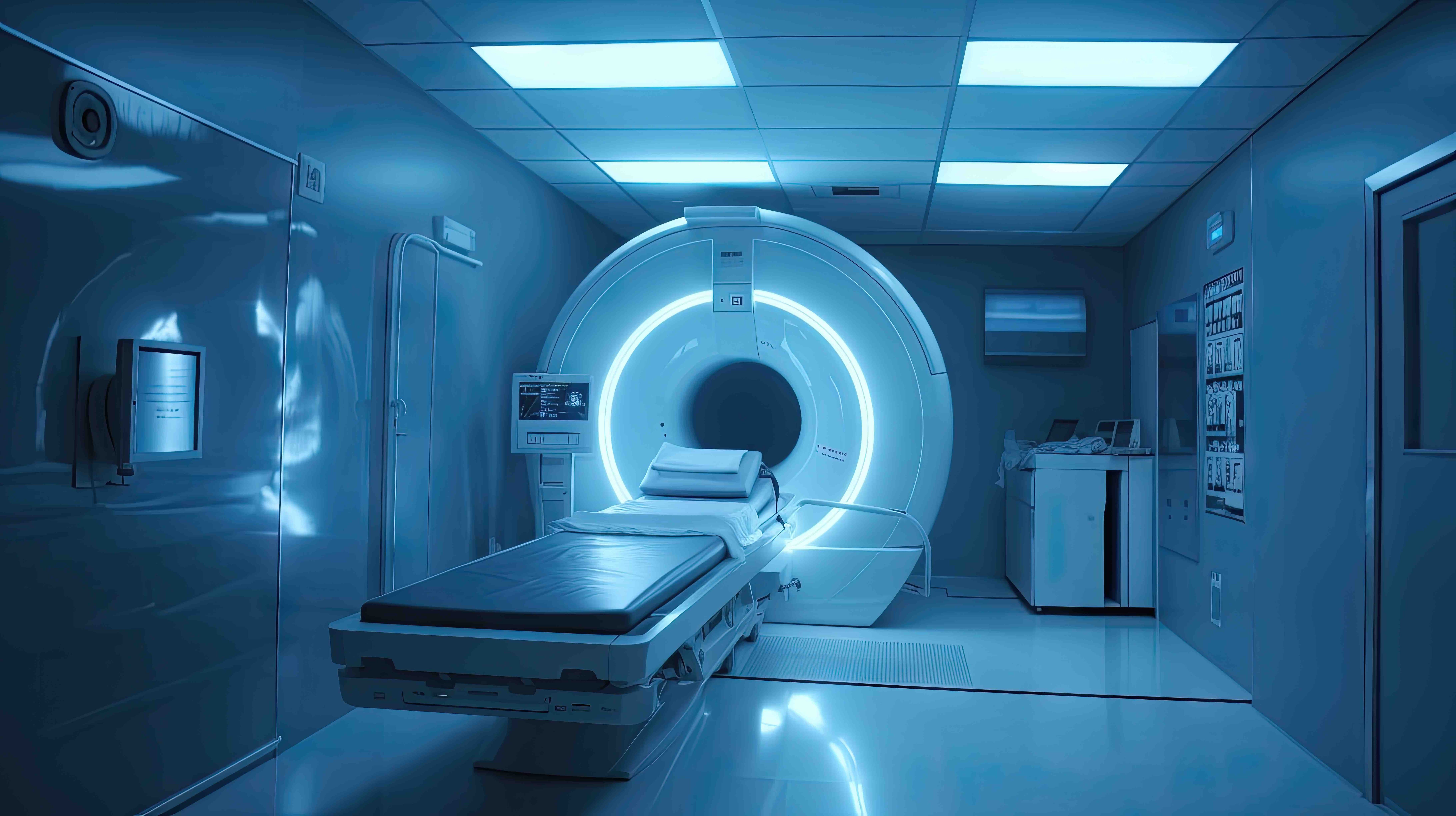- Center on Health Equity & Access
- Clinical
- Health Care Cost
- Health Care Delivery
- Insurance
- Policy
- Technology
- Value-Based Care
Novel PET-Based Radiomics Signature Predicts CAR T Efficacy in DLBCL
A PET-based radiomics signature was able to predict the efficacy of chimeric antigen receptor (CAR) T-cell therapy and performed better than conventional PET biomarkers in patients with relapsed or refractory (R/R) diffuse large B-cell lymphoma (DLBCL).
A PET-based radiomics signature was able to predict the efficacy of chimeric antigen receptor (CAR) T-cell therapy and performed better than conventional PET biomarkers in patients with relapsed or refractory (R/R) diffuse large B-cell lymphoma (DLBCL) in a study published in eJHaem.
CAR T-cell therapy is an established third-line R/R DLBCL treatment that has also been shown to outperform chemotherapy in early R/R settings in the second line. But not all patients see benefits from CAR T-cell therapy, and there is an unmet need to predictive biomarkers to help with patient selection, the study authors explained.
CT machine | Image credit: MyPixelArtStudios - stock.adobe.com

Certain qualitative imaging parameters have been associated with DLBCL outcomes, including F-fluorodeoxyglucose (FDG) positron emission tomography (PET)–based measures such as total metabolic tumor volume (TMTV) and the maximum standardized uptake value (SUVmax). The parameters are limited to tumor burden and maximum metabolic consumption, however, and they lack details about disease phenotype or the spatial distribution of the disease.
“PET-based radiomics provides quantitative imaging data regarding tumor shape, heterogeneity, and metabolic consumption distribution,” the authors wrote. “These parameters can provide insight into the tumor biology, including meaningful information about the cancer cell metabolism and tumor microenvironment for further identification of responsive phenotypes.” While prior studies have outlined PET-based radiomic features that are linked to treatment response in patients with DLBCL in the standard chemotherapy setting, data on PET-based radiomics in the CAR T-cell therapy setting are lacking.
The study assessed FDG-PET–based radiomic phenotypes in a cohort of patients with R/R DLBCL to determine which patients would benefit most from CAR T-cell therapy. Researchers also explored the additional value of textural features to standard prognostic factors for safety and efficacy post-treatment.
The cohort included 93 patients with R/R DLBCL who were treated with 1 infusion of second-generation, CD19-targeted CAR T cells from July 2018 and November 2021 at Vall d’Hebron University Hospital in Barcelona, Spain. Patients needed to have at least 1 disease assessment conducted following infusion. Clinical data including patient demographics, disease characteristics, and treatment history were collected from electronic medical records. All patients underwent PET-CT scans at the institution after their last bridging regimen and within 7 days of initiating lymphodepletion therapy.
Progression-free survival (PFS) was the main end point, defined as time from infusion to disease progression or death. Overall survival (OS), best response following infusion, and clinically significant AEs (grade ≥ 2 CRS and/or ICANS) were secondary end points.
Scans from group of 73 patients were randomly selected as a training set, and scans from the remaining 20 patients were used to test and validate the model. Least absolute shrinkage and selection operator (LASSO) regression was used for radiomic feature selection, and “LASSO regularization parameter (λ) was optimized by maximizing the area under the curve (AUC) from cross-validation,” the authors explained. The model was trained and tested to classify 3-month PFS.
Of 105 computed radiomics features, 4 were most associated with PFS based on LASSO with a λ of 0.102. Maximum intensity, skewness, major axis length, and large dependence low gray-level emphasis from the texture matrix measured by gray-level dependence matrix.
The PET-based radiomics signature indicates that larger lesions contribute to worse prognosis, and lesions with high SUVmax or negatively skewed distribution are also features associated with not benefiting from CAR T-cell therapy. The AUC for the radiomics signature reached 0.79 (95% CI, 0.68-0.89) in the training set and 0.73 (95% CI, 0.48-0.98) in the test set for 3-month PFS prediction. Established PET biomarkers, including baseline SUVmax and TMTV were less predictive of 3-month PFS compared with the novel model.
The study was limited by a relatively small sample size in the validation cohort, but the authors consider the results encouraging and worth further exploration.
“The radiomics signature outperformed other established PET parameters, indicating that a more comprehensive evaluation of PET images including radiomic features could more accurately capture which DLBCL patients are more likely to respond to this novel cellular therapy.”
Reference
Ligero M, Simó M, Carpio C, et al. PET-based radiomics signature can predict durable responses to CAR T-cell therapy in patients with large B-cell lymphoma. eJHaem. Published online September 11, 2023. doi:10.1002/jha2.757
